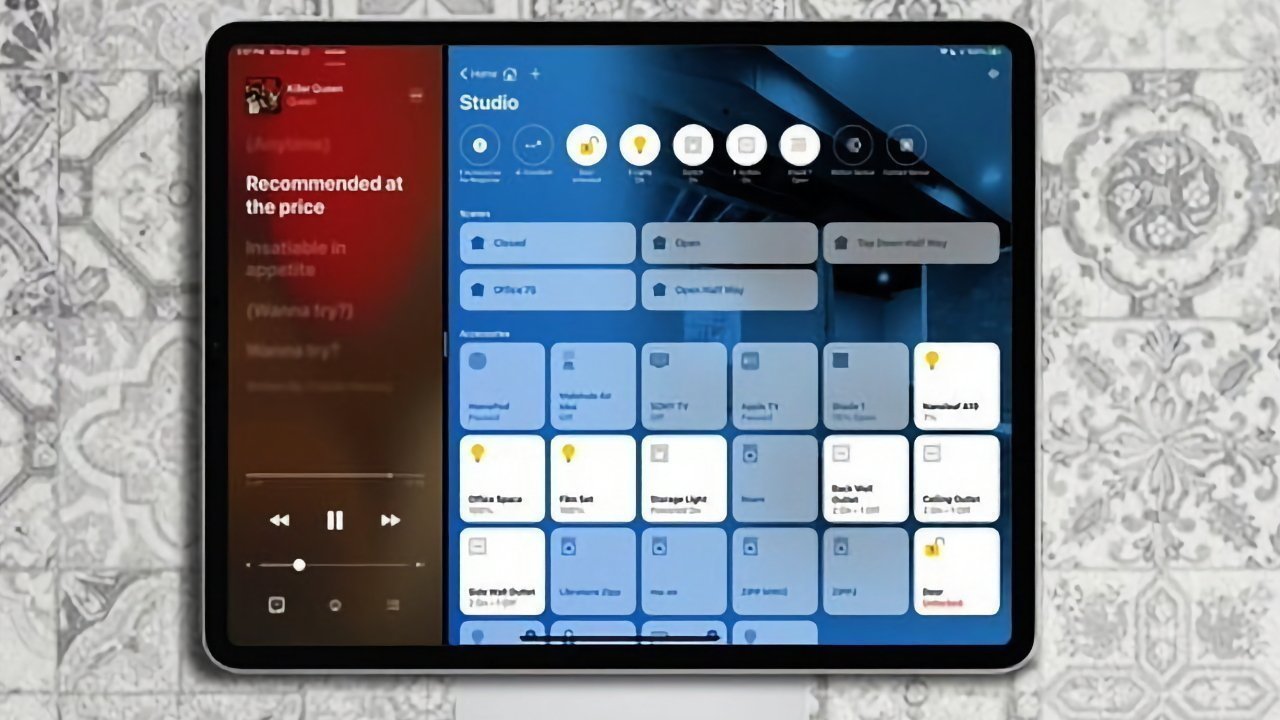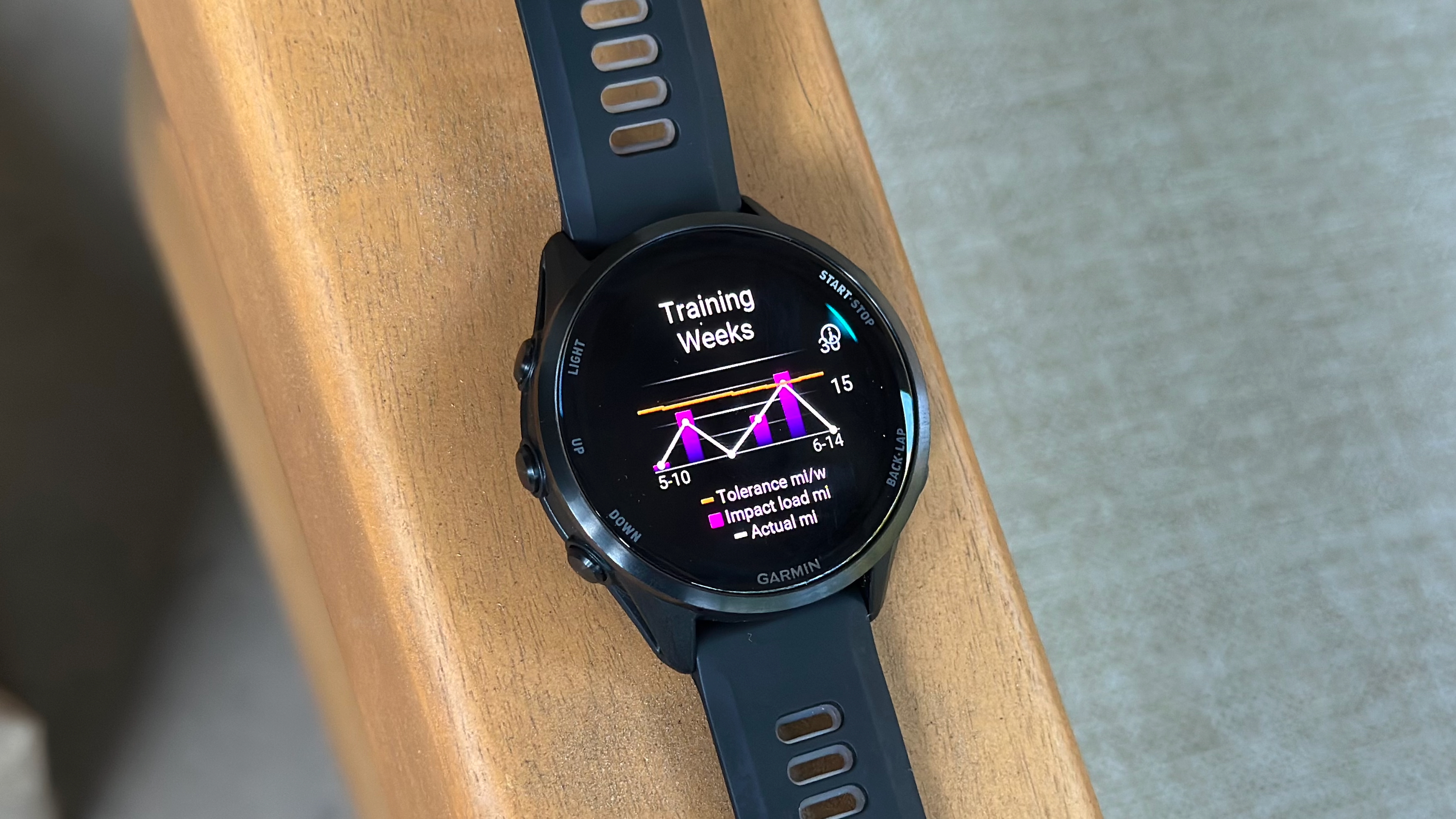My Journey with the Hyperlane Framework(1749983614138900)
As a computer science junior, my work on a web service project introduced me to the Hyperlane framework. This high-performance Rust HTTP framework fundamentally altered my view of web development. Here's a genuine account of my experience learning and using Hyperlane. Initial Encounters with Hyperlane: The Elegance of ctx Abstraction When I first began using Hyperlane, I was immediately impressed by its clean Context (ctx) abstraction. In other frameworks, I was accustomed to writing more verbose calls, such as: let method = ctx.get_request().await.get_method(); With Hyperlane, this simplifies to a single line: let method = ctx.get_request_method().await; This design significantly boosts code readability, especially when handling complex business logic, by removing the need for deeply nested method calls. Routing and Request Handling: Versatile Method Macros Implementing RESTful APIs with Hyperlane was made incredibly straightforward by its request method macros: #[methods(get, post)] async fn user_profile(ctx: Context) { // Handle GET and POST requests ctx.set_response_status_code(200).await; ctx.set_response_body("User Profile").await; } #[get] async fn get_users(ctx: Context) { // Handle only GET requests let users = fetch_all_users().await; ctx.set_response_body(users).await; } This declarative approach allows me to concentrate on the business logic rather than the intricacies of HTTP. Response Handling: A Powerful and Adaptable API During development, I found Hyperlane's response handling to be particularly intuitive: // Set response status ctx.set_response_status_code(404).await; // Add custom response headers ctx.set_response_header("server", "hyperlane").await; // Send JSON response let user_data = User { id: 1, name: "Zhang San" }; ctx.set_response_body(user_data).await; The standout feature for me was the ability to send responses in chunks, which is invaluable when dealing with large files: // Send response body in chunks ctx.set_response_body("First part of the data").send_body().await; ctx.set_response_body("Second part of the data").send_body().await; Middleware: The Strength of the Onion Model While implementing authentication, I gained a profound appreciation for the power of the middleware onion model: graph LR A[Client Request] --> B[Authentication Middleware] B --> C[Logging Middleware] C --> D[Route Handling] D --> E[Response Formatting Middleware] E --> F[Compression Middleware] F --> G[Return Response] Middleware enables me to isolate cross-cutting concerns from the core business logic: // Authentication middleware async fn auth_middleware(ctx: Context, next: Next) -> Result { if !validate_token(&ctx).await { return Err(Error::Unauthorized); } next.run(ctx).await } Routing System: A Seamless Blend of Static and Dynamic When building a blog system, dynamic routing was essential: // Static route server.route("/about", about_page).await; // Dynamic route - simple parameter server.route("/post/{slug}", show_post).await; // Dynamic route - with regex constraint server.route("/user/{id:\\d+}", show_user).await; Retrieving route parameters is also remarkably straightforward: async fn show_post(ctx: Context) { let slug: String = ctx.get_route_param("slug").await; let post = fetch_post_by_slug(&slug).await; ctx.set_response_body(post).await; } Performance Optimization: Remarkable QPS Upon completing the project, I conducted a performance test using wrk: wrk -c360 -d60s http://localhost:8000/ The results were striking! Hyperlane’s performance is second only to a native Tokio implementation: Framework QPS Tokio 340,130 Hyperlane 324,323 Rocket 298,945 Gin (Go) 242,570 Key Learnings and Future Aspirations Through this project, I not only became proficient with the Hyperlane framework but also developed a deep understanding of the design principles behind modern web frameworks: Clean API design significantly enhances development efficiency. The middleware onion model provides excellent extensibility. Rust’s type system, when combined with web frameworks, offers enhanced safety. Asynchronous programming is fundamental to high-performance services. Looking ahead, I plan to: Delve deeper into Hyperlane’s WebSocket support. Investigate how the framework utilizes Rust’s zero-cost abstractions at a lower level. Attempt to construct a microservices architecture based on Hyperlane. Hyperlane is more than just a tool; it has reshaped my approach to programming. Every ctx call and every piece of middleware I write deepens my comprehension of the core tenets of web development. This framework has demonstrated that performance and a positive development experience can coexist, which is a testament to the allure of the Rust ecosyst

As a computer science junior, my work on a web service project introduced me to the Hyperlane framework. This high-performance Rust HTTP framework fundamentally altered my view of web development. Here's a genuine account of my experience learning and using Hyperlane.
Initial Encounters with Hyperlane: The Elegance of ctx Abstraction
When I first began using Hyperlane, I was immediately impressed by its clean Context (ctx) abstraction. In other frameworks, I was accustomed to writing more verbose calls, such as:
let method = ctx.get_request().await.get_method();
With Hyperlane, this simplifies to a single line:
let method = ctx.get_request_method().await;
This design significantly boosts code readability, especially when handling complex business logic, by removing the need for deeply nested method calls.
Routing and Request Handling: Versatile Method Macros
Implementing RESTful APIs with Hyperlane was made incredibly straightforward by its request method macros:
#[methods(get, post)]
async fn user_profile(ctx: Context) {
// Handle GET and POST requests
ctx.set_response_status_code(200).await;
ctx.set_response_body("User Profile").await;
}
#[get]
async fn get_users(ctx: Context) {
// Handle only GET requests
let users = fetch_all_users().await;
ctx.set_response_body(users).await;
}
This declarative approach allows me to concentrate on the business logic rather than the intricacies of HTTP.
Response Handling: A Powerful and Adaptable API
During development, I found Hyperlane's response handling to be particularly intuitive:
// Set response status
ctx.set_response_status_code(404).await;
// Add custom response headers
ctx.set_response_header("server", "hyperlane").await;
// Send JSON response
let user_data = User { id: 1, name: "Zhang San" };
ctx.set_response_body(user_data).await;
The standout feature for me was the ability to send responses in chunks, which is invaluable when dealing with large files:
// Send response body in chunks
ctx.set_response_body("First part of the data").send_body().await;
ctx.set_response_body("Second part of the data").send_body().await;
Middleware: The Strength of the Onion Model
While implementing authentication, I gained a profound appreciation for the power of the middleware onion model:
graph LR
A[Client Request] --> B[Authentication Middleware]
B --> C[Logging Middleware]
C --> D[Route Handling]
D --> E[Response Formatting Middleware]
E --> F[Compression Middleware]
F --> G[Return Response]
Middleware enables me to isolate cross-cutting concerns from the core business logic:
// Authentication middleware
async fn auth_middleware(ctx: Context, next: Next) -> Result<Response, Error> {
if !validate_token(&ctx).await {
return Err(Error::Unauthorized);
}
next.run(ctx).await
}
Routing System: A Seamless Blend of Static and Dynamic
When building a blog system, dynamic routing was essential:
// Static route
server.route("/about", about_page).await;
// Dynamic route - simple parameter
server.route("/post/{slug}", show_post).await;
// Dynamic route - with regex constraint
server.route("/user/{id:\\d+}", show_user).await;
Retrieving route parameters is also remarkably straightforward:
async fn show_post(ctx: Context) {
let slug: String = ctx.get_route_param("slug").await;
let post = fetch_post_by_slug(&slug).await;
ctx.set_response_body(post).await;
}
Performance Optimization: Remarkable QPS
Upon completing the project, I conducted a performance test using wrk:
wrk -c360 -d60s http://localhost:8000/
The results were striking! Hyperlane’s performance is second only to a native Tokio implementation:
| Framework | QPS |
|---|---|
| Tokio | 340,130 |
| Hyperlane | 324,323 |
| Rocket | 298,945 |
| Gin (Go) | 242,570 |
Key Learnings and Future Aspirations
Through this project, I not only became proficient with the Hyperlane framework but also developed a deep understanding of the design principles behind modern web frameworks:
- Clean API design significantly enhances development efficiency.
- The middleware onion model provides excellent extensibility.
- Rust’s type system, when combined with web frameworks, offers enhanced safety.
- Asynchronous programming is fundamental to high-performance services.
Looking ahead, I plan to:
- Delve deeper into Hyperlane’s WebSocket support.
- Investigate how the framework utilizes Rust’s zero-cost abstractions at a lower level.
- Attempt to construct a microservices architecture based on Hyperlane.
Hyperlane is more than just a tool; it has reshaped my approach to programming. Every ctx call and every piece of middleware I write deepens my comprehension of the core tenets of web development. This framework has demonstrated that performance and a positive development experience can coexist, which is a testament to the allure of the Rust ecosystem.
For more information, please visit Hyperlane's GitHub page or contact the author: root@ltpp.vip.














































































































































































![[The AI Show Episode 152]: ChatGPT Connectors, AI-Human Relationships, New AI Job Data, OpenAI Court-Ordered to Keep ChatGPT Logs & WPP’s Large Marketing Model](https://www.marketingaiinstitute.com/hubfs/ep%20152%20cover.png)




















































































































![[DEALS] Internxt Cloud Storage Lifetime Subscription: 10TB Plan (87% off) & Other Deals Up To 98% Off – Offers End Soon!](https://www.javacodegeeks.com/wp-content/uploads/2012/12/jcg-logo.jpg)


























![Designing a Robust Modular Hardware-Oriented Application in C++ [closed]](https://i.sstatic.net/f2sQd76t.webp)


























.jpg?width=1920&height=1920&fit=bounds&quality=70&format=jpg&auto=webp#)




















































































_Andreas_Prott_Alamy.jpg?width=1280&auto=webp&quality=80&disable=upscale#)

_designer491_Alamy.jpg?width=1280&auto=webp&quality=80&disable=upscale#)



































































































![What Gemini app features are free versus paid? [June 2025]](https://i0.wp.com/9to5google.com/wp-content/uploads/sites/4/2025/01/gemini-android-5.jpg?resize=1200%2C628&quality=82&strip=all&ssl=1)












![Apple M4 Mac Mini Back on Sale for $499 [Deal]](https://www.iclarified.com/images/news/97617/97617/97617-640.jpg)






































































